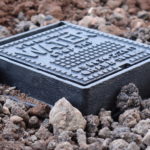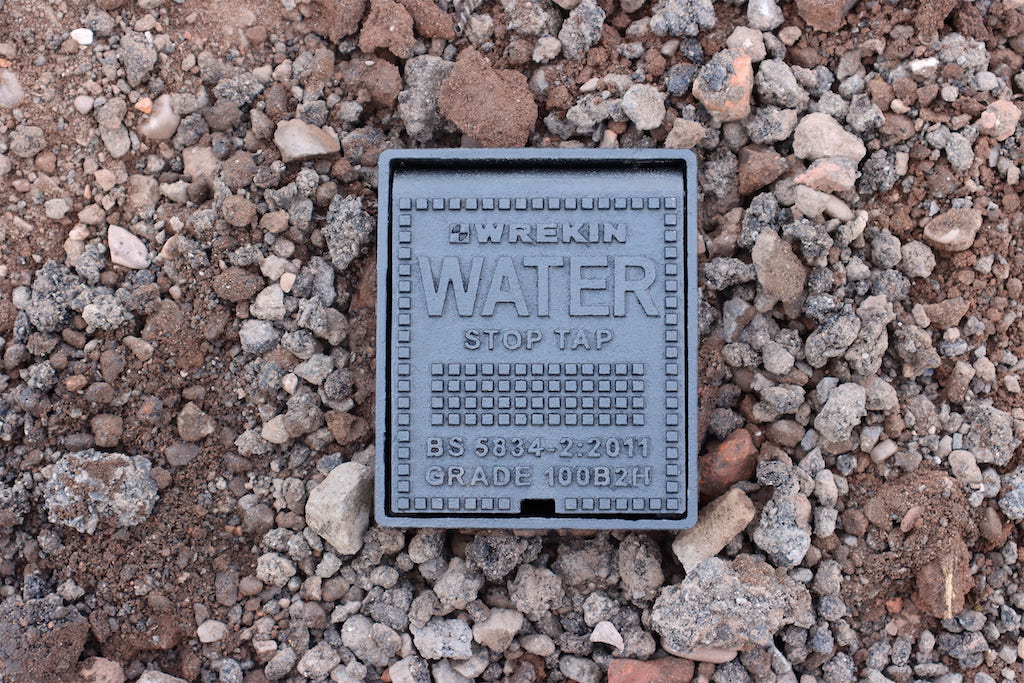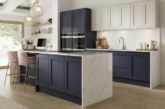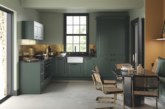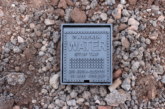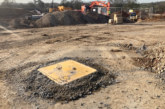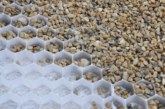Wrekin Products recently launched a new range of Grade B surface boxes, designed to make both specification and installation easier. PHPD caught up with Gosia Kwapisz, Product Manager at Wrekin to discover more.
Q. Which areas of a new development is this new solution intended for?
The outside stop valve, also known as stopcock or stop tap, is most likely to be placed under a small metal or plastic cover in the drive, garden or on the pavement, sometimes even in the road. It controls the cold-water supply going into a property. Outside stop valves should only be used in an emergency situation, for example if there is a leak on the supply pipe between the inside and outside stop valves. If the water meter is outside, it will probably be where the outside stop tap is.
Q. How accessible are the boxes post-installation?
A severely damaged plastic meter box cover is more than an eyesore. It is also a potential trip hazard. Wrekin’s surface boxes are manufactured from highly durable ductile iron, which offers high strength and light performance in robust enclosures, with easy access when required. This significantly reduces the chance of failure and saves time and money that would have to be spent on reinstallation.
Q. Why does the Stop Tap Chamber combine the surface box and sleeve into one unit?
By combining the surface box and sleeve into one unit, we provide a more durable and recyclable assembly, saving time and money in replacements, parts sourcing and minimising embodied carbon.
Additionally, the simple and effective integrated stepped collars can accommodate common pipe sizes, from 120mm to 200mm.
Q. What does the ‘Grade B’ rating mean?
The loading grade in accordance with BS 5834-2 is calculated based on the clear opening of the frame and surface area of the lid and relates to the type of installation. Grade A is for “surface boxes suitable for use in carriageways carrying fast-moving commercial vehicles having wheel loads up to 5 tonnes” and Grade B is for “surface boxes capable of bearing wheel loads up to 5 tonnes, for use in areas to which vehicles would have occasional access”.

